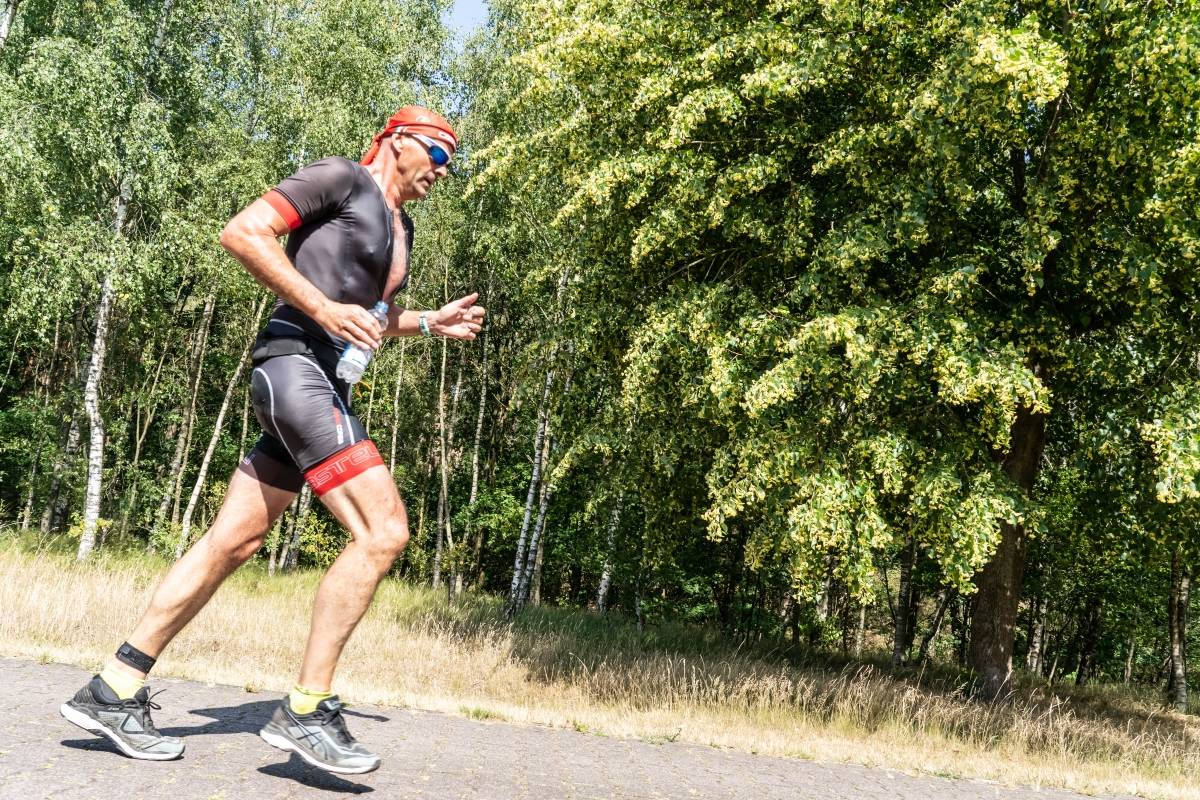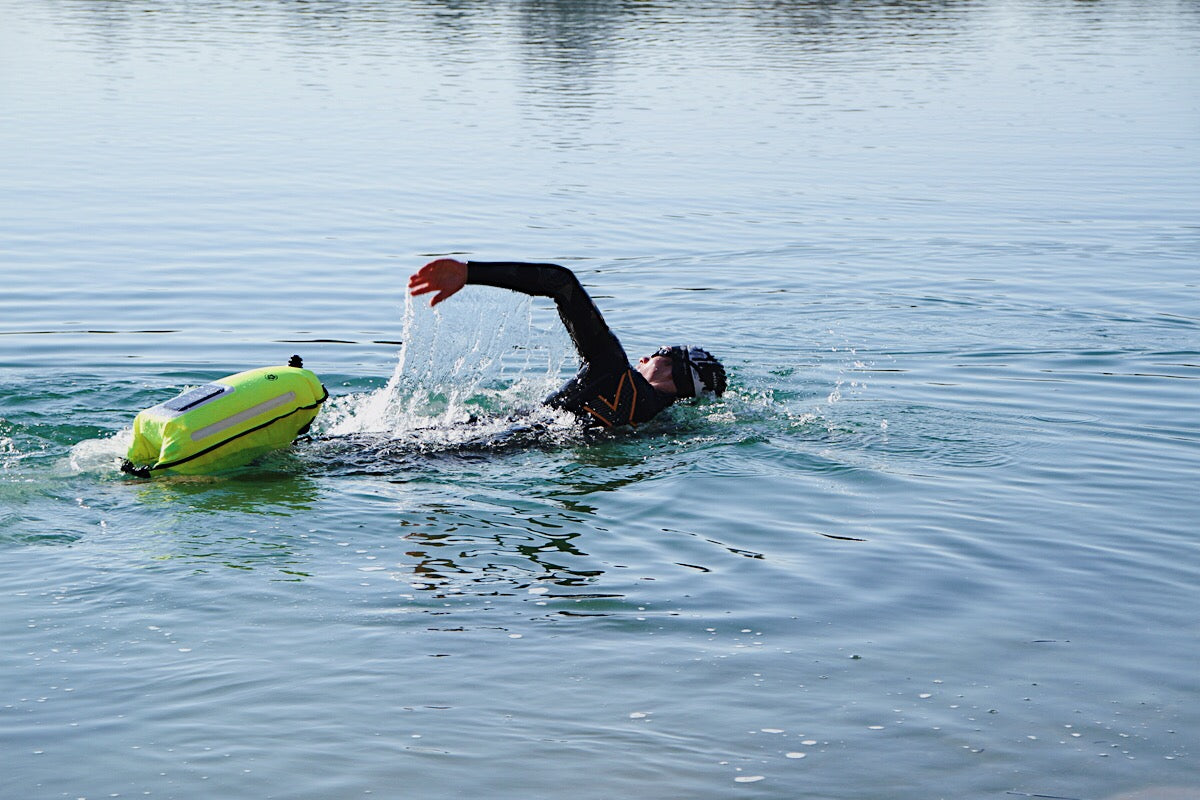The running part of the middle distance is considered to be particularly demanding. Because over the 21 kilometers you can still really speed up. However, if you risk too much, you will quickly meet the famous man with the hammer. You can find out here how you can best prepare for it.
In triathlon, the term middle distance defines competition routes whose length corresponds to approximately twice the Olympic distance, or half of a long distance or an "Ironman". As a rule, distances of around 20 kilometers are run. While top international athletes are increasingly breaking the sound barrier of one hour and ten minutes, beginners need up to two hours and 30 minutes on the middle distance.
Strength endurance decides
However, it is not only the final time that distinguishes the top athletes from the amateur athletes, but in particular the fact that the former are able to keep their pace constant on the second half of the course, or, if it is about victory, possibly even to increase. The difference lies in the respective strength endurance abilities, and it is precisely these that need to be trained in a targeted manner on the middle distance in order to avoid a disproportionate drop in performance shortly before the finish line.
The increased endurance
The increased endurance run over 15 to 25 kilometers is particularly effective as a pure running unit. This run starts at a speed that is about 20 percent above the individual half-marathon best time. The speed is then gradually increased until, at the end of the unit, it is up to 10 percent below the individual half-marathon best time. The breakdown of a 15 mile run for a triathlete with a half marathon personal best of 1 hour 25 minutes (pace 4 minutes per kilometer) might look like this:
Unit 1 - total duration 90-105 minutes
Kilometer 0: Start at a speed of 4:45 / km
Kilometer 6: Increase speed up 4:25/km
Kilometer 12: Increase speed up 4:00 / km
Kilometer 18: Increase speed to 3:35/km
Kilometer 24: end of the unit
The following must be observed with this form of training: as soon as the target speed can no longer be maintained, the unit should be ended in any case. The decisive factor here is not the number of kilometers or hours actually run, as is the case with long, slow endurance runs, but the continuous increase to a demanding level of speed. If the target times prove to be too ambitious for the first run, they must be adjusted accordingly so that the target distance can actually be covered.
The driving game
Such specific strength endurance training can also be carried out as a driving game, for example in the following form, again using the example of our 1 hour 25 minute triathlete:
Unit 2 - total duration 90-120 minutes
Kilometer 0: Start at a speed of 4:25/km
Kilometer 4: Increase speed to 3:35/km
Kilometer 8: Decrease speed to 4:25/km
Kilometer 12: Increase speed to 3:35/km
Kilometer 16: Decrease speed to 4:25 / km
Kilometer 20: Increase speed to 3:35/km
Kilometer 24: end of the unit
Here, too, it is crucial that the last section run is always a fast section, which can of course be followed by a short stop.
Circuits, which are then run through several times, are particularly suitable for both unit 1 and unit 2. This makes speed control easier and factors such as topography etc. do not have an undirected influence.
The coupling run
Unit 3 – total duration (after cycling) approx. 30 min
Of course, strength-endurance-oriented running training after a longer bike ride of two to three hours is particularly specific, as is certainly done more often in preparation for a middle distance. This coupled run is then much shorter than the units described above, but particularly strength-oriented. A moderate incline is required to carry it out, which allows you to run vigorously but still cleanly. This incline is covered a total of five to six times at intervals of around three minutes, with the relaxed return to the starting point serving as an interval break. In this unit, it is important to ensure a clean impression and a stable hip. The pace should be chosen moderately so that an optimal running style can still be achieved.
test nutrition
Units one and two in particular are ideal for testing your nutritional strategy in competition. Many athletes suddenly have problems with the intake of drinks etc. due to the increased stress during competitions, which they can easily tolerate at a moderate pace. If there are no problems during the fast sections of the training sessions described above, then nothing should stand in the way of a strong finish in the competition.





















2 comments
Friedrich
Hoffe, dass es Andrej wieder besser geht!
Sören
Liegt bei Einheit 2 die Durchschnittliche pace nicht nahe bei 4min/km und damit auf Höhe der HM PB? Das wäre über 24km demnach schwer machbar, oder :-) !